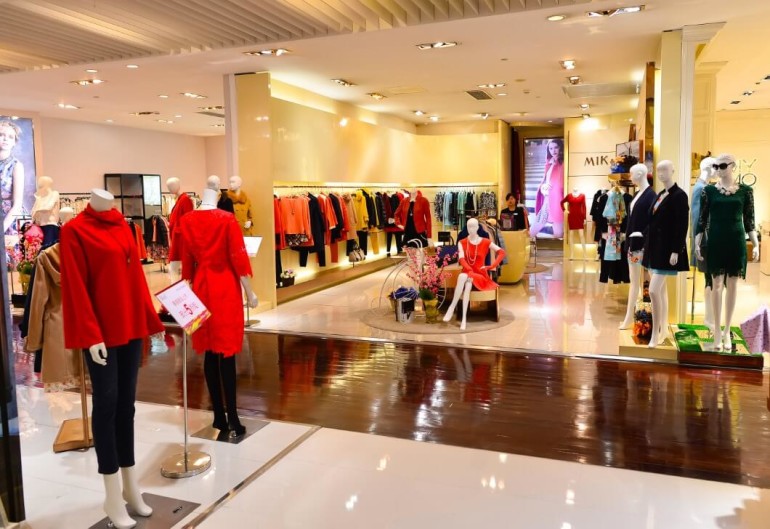Sponsored Listings:
Chinese customers are leading the global recovery in the high-end products market hit by the COVID 19 pandemic, with the highest purchase of luxury goods globally.
According to projections, the nation will purchase nearly 50% of luxury market goods in the world by 2025 as compared to 35% in 2019. Purchase of indigenous Chinese luxury products will also increase to 28% globally in 2025 as compared to 11% in 2019.
According to findings from the latest Luxury Goods Worldwide Market Study, the global market will make between $354 and 365 billion in sales in 2023.
The study conducted by Bain &Co in cooperation with Fondazione Altagamma also shows that luxury spending in China increased in the 4th quarter of 2019 and remained strong in 2020 until the implementation of the lockdown restrictions.
Upon easing the social distancing restrictions and reopening of shops, many Chinese customers are likely to make the purchases they suspended in the past months. With travel restrictions still in place, people will make purchases within China instead of abroad.
The report also highlights that the coronavirus crisis and resulting restrictions on national and international travels negatively impacted the luxury market that had seen a promising start in 2020.
President of Altagamma, Matteo Lunelli is hopeful that the industry will get back on its feet soon, although the pandemic’s impact on the luxury goods industry will cause a 20% fall in turnover for 2020.
According to Lunelli, the short term goal is to support struggling supply chains, work on digital transformation, and relaunch tourism with more focus on social and environmental sustainability.
The Luxury Goods Market Report estimates a 20% decrease in global personal luxury goods consumption in 2020, with profits among luxury companies to reduce by 30%. The report also reveals that the global consumption of personal luxury goods dropped by 25% in the first quarter of 2020, compared to the first quarter of 2019.
On a regional level, spending by North Americans will drop by 21%, Europeans will spend 35% less, Japanese spending drop by 14%, Chinese customers spend 9% less, spending in the rest of Asia will drop by 16.5%. Of all luxury products, clothing will be hit by 21.5%, jewellery will go down by 23%, and watches by 25%.
While many areas drop, online channels show signs of higher performance as wholesale increases by 12% and retail sees a 16% increase. With the change in shopping and lifestyle trends, the report finds that consumers are embracing more sustainable approaches and companies will apply the digital transformation.


Beyond 2020, the global luxury market will evolve based on four indices: local consumer confidence, regional macrotrends, tourist flows, and proactive strategies by individual brands. Tourism is one of the areas slowly reviving. According to a survey by Ivy Alliance Tourism Consulting, China Comfort Travel Group, and PATA, 60 per cent of Chinese customers intend to travel in 2020, with more than 45 per cent wanting to go abroad. Tropical islands and cultural destinations topped the choices, with a shift in travel trends to favor smaller group travel. Tourism is expected to boost the luxury market.
With several possible growth trajectories, the luxury industry could return to the levels of 2019 between 2020 and 2023. These possible trajectories depend on how brands respond to the crisis, as well as how the major market drivers develop going forward.
Claudia D’Arpizio, a partner at Bain &Co and author of the study, expects the luxury market to recover albeit massive transformation. In her opinion, the onus lies on the industry to become more innovative and creative, work around current restrictions, and work harder to meet with customer demands.
Another co-author of the study and partner of Bain & Co, Federica Levato says the world is undergoing a major change, and luxury brands have to fit in however necessary.
Stores should guarantee maximum safety while offering an amazing luxury shopping experience. Brands need to conceive creative strategies to entice customers to their stores, or convenient means to get their products to customers in the comfort of their homes. The future of the industry and the ability to recover speedily lies in this creativity and drive.
Source: tourism-review.com










